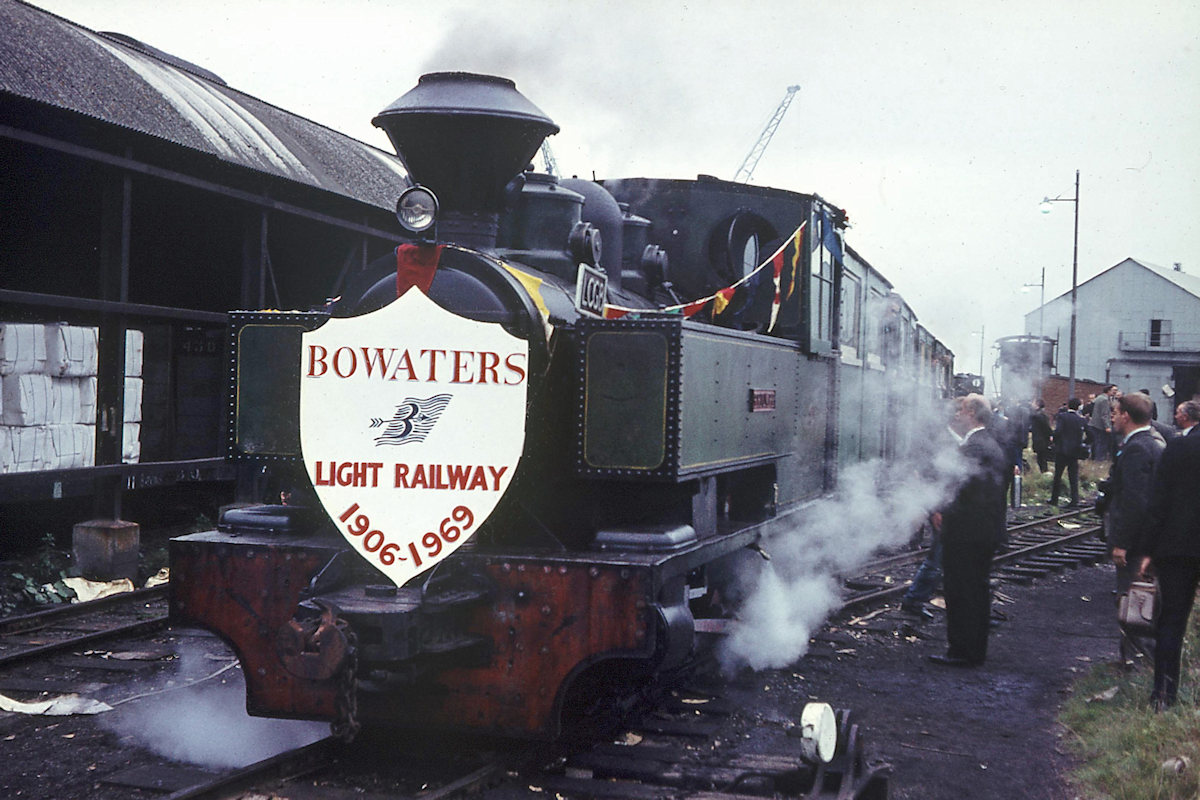12th November 2024 “Industrial Locomotives 1965-2005” by Dave Goodyear

On Tuesday November 12th, Branch member Dave Goodyear presented his superlative 'Industrial Locomotives 1965-2005' talk. The talk featured locomotives from 22 different steam builders and 21 diesel or electric manufacturers, out of which only five companies covered both. With 195 images he perfectly illustrated the immense variety of types, large, small, and even diminutive, once at work in the UK. As late as 1969 there were approximately 4,000 examples at nearly 1,000 locations. Thereafter numbers dropped swiftly as factories, mines and quarries closed or abandoned rail use.
Dave began by featuring several sites in Southern England. Amongst these was Thurrock quarry in Essex which had eight Hawthorne Leslie steam engines in 1965. A nearby quarry, owned by Tunnel Portland Cement, also featured steam haulage. Nowadays it is transformed into the Lakeside shopping centre. In 1966 the last working steam in Sussex was at Eastbourne gas works. Further afield, at Gretton Brook quarry near Corby, Stewarts and Lloyds operated 30 steam locomotives, housed in an eight road shed. These were replaced by 24 BR Class 14s. Elsewhere in 1966 BR 15XX tanks were active at Coventry Colliery, whilst nearby Baddesley mine had its Beyer-Garratt. A visit to Preston Docks found an 0-6-0 diesel shunter built by Hawthorne Leslie in 1932 on shunting duties. This is recognised as a forerunner of the LMS shunters, which in turn led to the familiar BR Class 08s. The ceremonial handover of Bowater's narrow gauge railway at Sittingbourne in February 1969 to the LCGB was covered in several pictures.
After the break David showed results of his visits to over 30 preservation sites up to 2005 where collectively there are numerous examples of steam and diesel types, some of which are unique. An aspect common to almost all these survivors is their continual movement between different locations over the years, which was also a practice when in industrial use. He concluded with shots of the last standard gauge working day at Barrington quarry near Cambridge in February 2005, where steam worked the clay lines and diesels ran on the chalk lines. Altogether it was a fascinating evening, for which the Branch expressed great thanks. David was also thanked for participating in the Branch’s first and successful trial of 'Zoom' technology.
